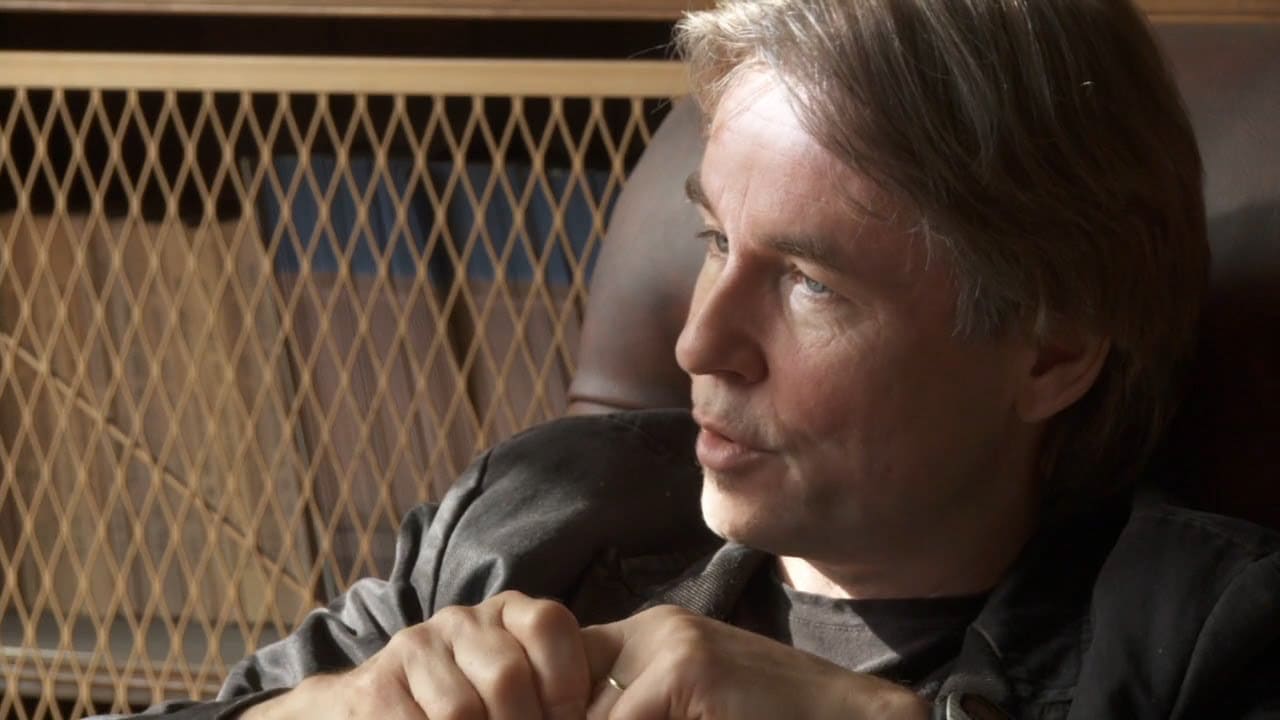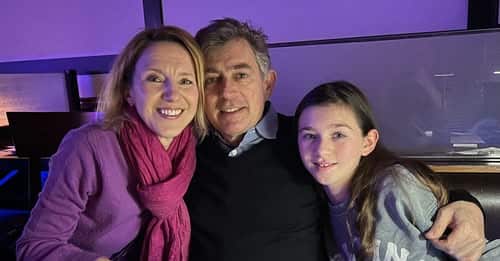Watch: A concerto is premiered in an acquarium
mainThis is Brett Deubner giving the world premiere of Richard Danielpour’s viola concerto in Long Beach at the aquarium of the Pacific with the Musique Sur la Mer orchestra, conducted by Marcy Sudock.

This is Brett Deubner giving the world premiere of Richard Danielpour’s viola concerto in Long Beach at the aquarium of the Pacific with the Musique Sur la Mer orchestra, conducted by Marcy Sudock.

Anna Starushkevych is a Ukrainian-British opera singer who…

The buildings that house the Rachmaninoff Museum and…

Putting San Francisco far behind him, the Finn…

An appeal has been raised for the widow…

Session expired
Please log in again. The login page will open in a new tab. After logging in you can close it and return to this page.
Comments